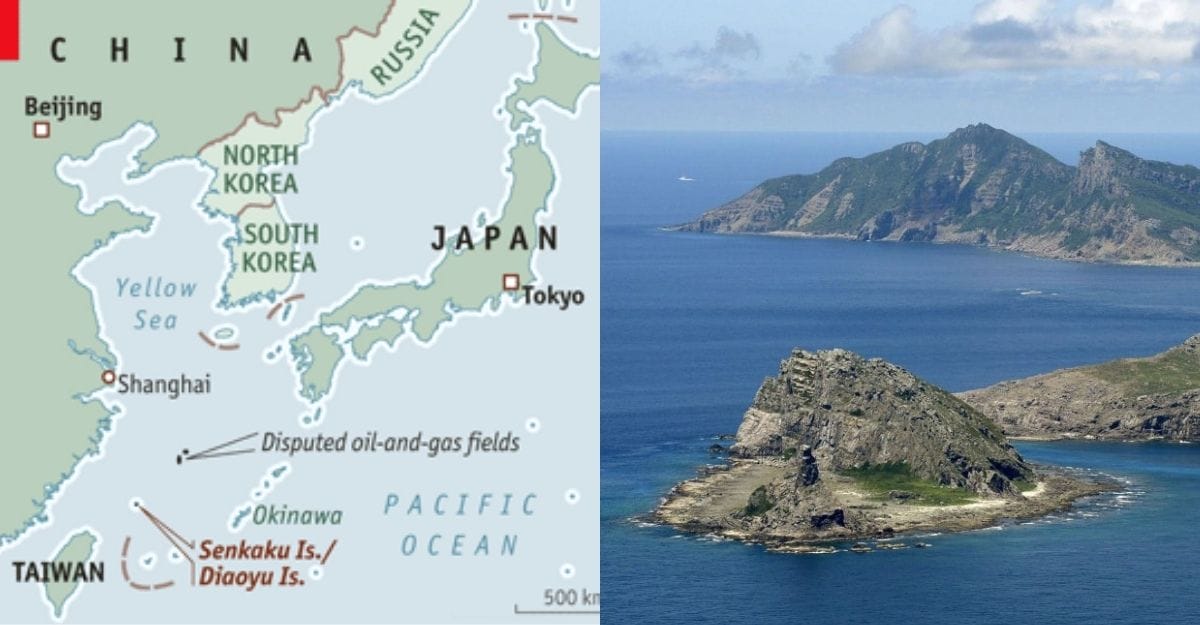Japan has taken up a protest against China following two Chinese ships trespassing the Japanese coastal waters near the disputed Senkaku Islands in the East China Sea, reported by local media.
According to the Kyodo news outlet, the protest was communicated to China’s embassy in Tokyo by the head of the Japanese Foreign Ministry’s Director-General for Asian and Oceanian Affairs, Takehiro Funakoshi.
The news agency quoted Japan’s security service saying that before the incident happened, four Chinese ships had been drifting near the Japanese coastal waters. Later, two vessels approached the disputed islands and one of the ships boarded a gun.
According to Sputnik, Chinese ships have violated the Japanese sea border eight times this year.
In 2020, Japan recorded 24 cases of Chinese ships violation of its sea border and 333 cases of Chinese ships entrance into Japan’s contiguous zone.
In mid-October, China’s vessels entered Japan’s territorial waters and left them only 57 hours later, registering a new record length of stay in the area. The last record high was hit in July, when Chinese ships drifted in Japan’s territorial sea for 39 hours.
The islands in this matter are known in China as the Diaoyutai islands. They have been subject to territorial disputes between China and Japan since a long time.
Recently, Taiwan has conveyed its disturbance about the Chinese hostility and destabilizing actions near the Diaoyutai islands. This was after Chinese coast guard ships sailed near the islands in question.
Taiwan Foreign ministry spokeswoman Joanne Ou, in response to an inquiry about China’s actions, told a regular news conference in Taipei that the government is paying close attention to developments in the East China Sea.
The availability of an armed Chinese vessel near the Diaoyutai Island has a destabilizing effect, she said, adding that Chinese harassment is not restricted just to the sea.
In the early 2010s, China and Japan were embroiled in a territorial clash over the Senkakus. Beijing has quickly built up artificial islands with military infrastructure in the region, in its claim of sovereignty over almost the entire maritime region.
In addition to this, China has conflicting territorial claims with four of the 10 members of the Association of Southeast Asian Nations — Brunei, Malaysia, the Philippines and Vietnam — including Taiwan in the South China Sea.
Meanwhile, U.S. warships carried out a freedom of navigation operations in an evident offer to challenge Chinese assertions and actions in the area.


